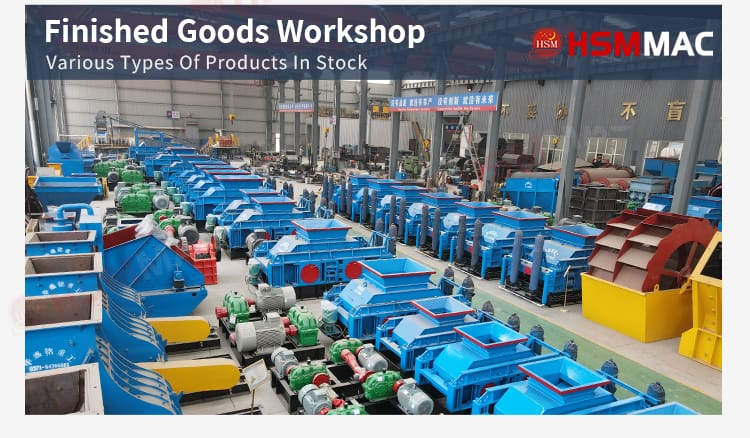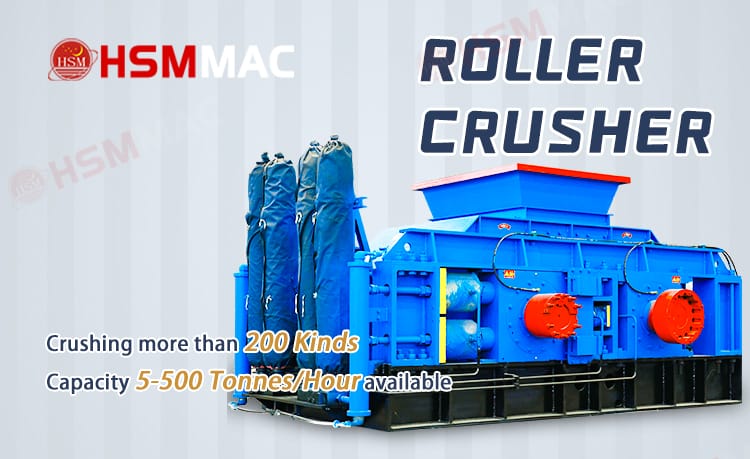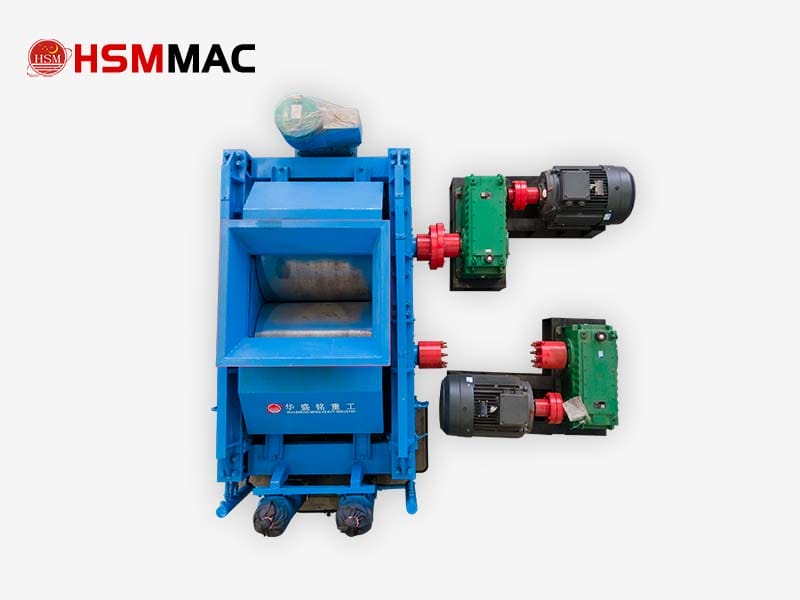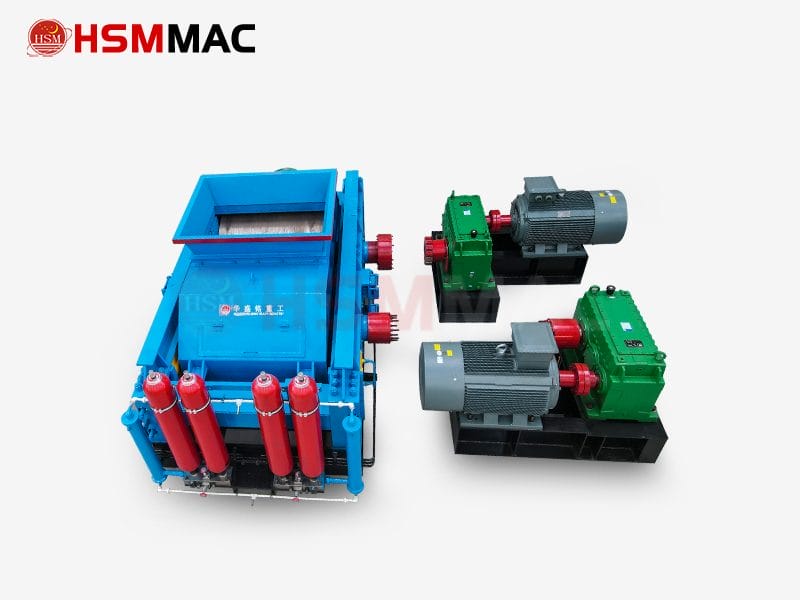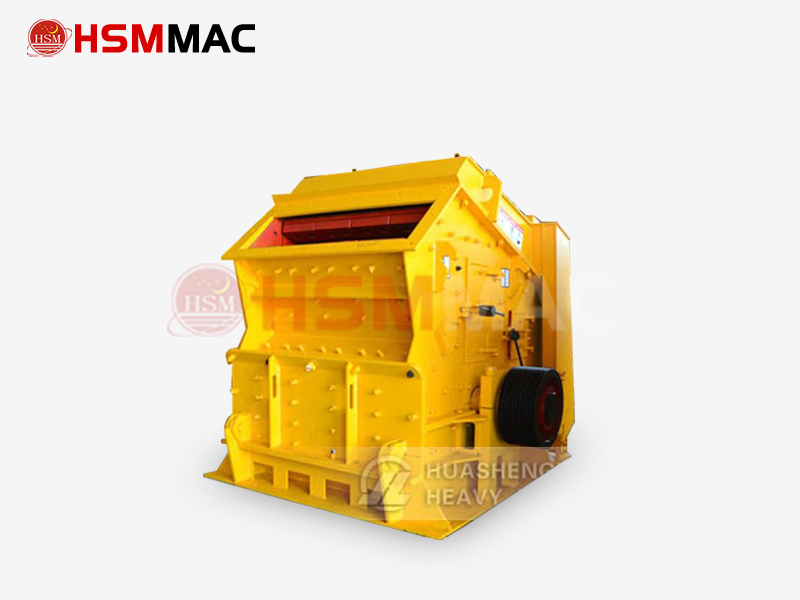
The impact crusher, also known as a sand-making machine. Is a widely used crushing equipment in fields such as mining, building materials, and transportation. It operates on the principles of “stone-on-stone” or “stone-on-iron,” utilizing a high-speed rotating rotor to hurl materials into the crushing chamber. Where they collide violently with the impact plate or a layer of materials, achieving fine crushing and shaping of the materials. This process is not only highly efficient. But also results in uniformly shaped finished products with a low content of needle-like and flaky particles. Making it particularly suitable for producing high-quality manufactured sand.
Impact Crusher: A Powerful Tool for Efficient Sand Making
This equipment boasts significant advantages: Firstly, its compact structure occupies a small footprint, facilitating easy installation and maintenance. Secondly, it features a deep-cavity rotor design that enables a large processing capacity, reducing energy consumption by over 20% compared to traditional equipment. Thirdly, its wear-resistant parts are made of high-chromium alloy, extending their service life by 30% and significantly lowering operational costs. Additionally, by adjusting the rotor speed and the gap between the impact plates. The output particle size can be flexibly controlled to meet different process requirements.
In the current context of a shortage of sand and gravel aggregates. The impact crusher has become a core piece of equipment for artificial sand production. From highways to high-rise buildings, from water conservancy projects to municipal construction. It provides high-quality material support for infrastructure development with its characteristics of efficiency, energy conservation, and environmental protection, serving as a key force in promoting green development within the industry.










